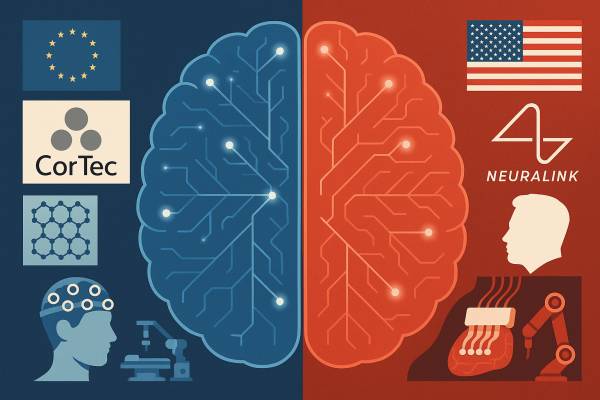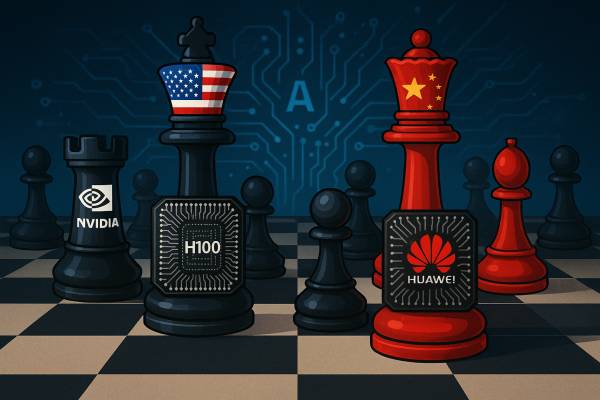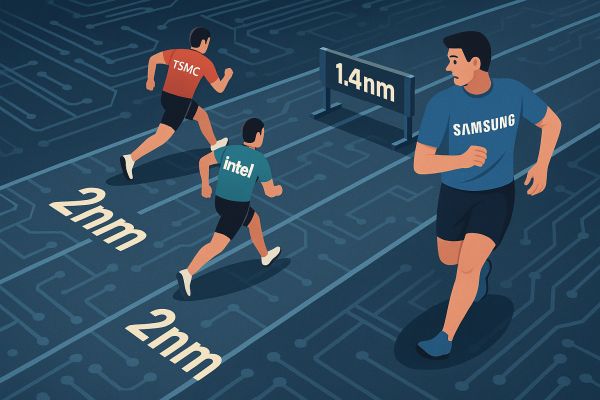Tesla's next-generation FSD (Full Self-Driving) chip, the AI5/HW5, represents a significant step forward in the development of the company's self-driving technology. Although the previous model, known as HW4, already offered powerful performance on its own, the new chip's 2000-2500 TOPS (tera operations per second) computing power effectively sets a new standard for in-vehicle artificial intelligence applications. This fivefold increase is not just a technical feat, but also allows the system to work with more complex, finely tuned algorithms that require less human intervention – algorithms that bring us closer to the possibility of completely unsupervised driving.
However, the hardware upgrade is not just about increasing absolute performance. Tesla's approach remains gradual: the system will only become autonomous by default when it can be proven to operate more safely than a human driver. By this measure, the company clearly distances itself from simultaneous mass updates – even if the technology is already available for certain vehicles. The decision is based not only on technical or market considerations, but also on a safety-focused development philosophy.
The development of the new chip is also closely linked to the further development of the FSD camera system. The updated sensors, which are now weatherproof and feature integrated heating, significantly improve the system's detection capabilities, especially in extreme environmental conditions. This is a key step forward, as camera-based perception remains one of the cornerstones of the FSD system. Tesla's recently launched robotaxi pilot program, which initially involves Model Y vehicles equipped with HW4 chips, demonstrates that the company is testing the performance of its new hardware in real-world environments, not just in theory.

































